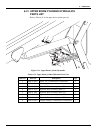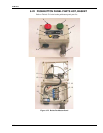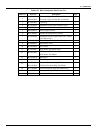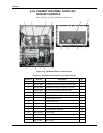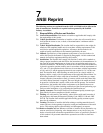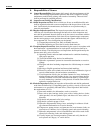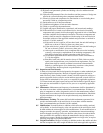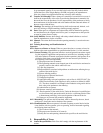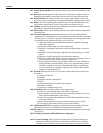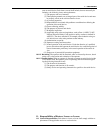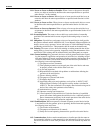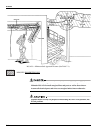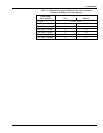
7 — ANSI REPRINT
7-5
9.2 Pe
aer
.3 Train of Operators.
ing the in , including recogni-
tion and avoidance of hazards associated with their operation, shall operate an ae-
rial de
following
(1 als.
(2 of the aerial device and must be
icle when not in use.
(3
(4) R
er
(5) F
(6) The purpose of placards and decals.
(
( -
ti
C es
have safety rules pertinent to that industry.
(
tion of a qualified per-
ection equipment
.3.2 Retra ned, when so directed by the user, based on
the us
.3.3 Famil
not familiar with, the operator, prior to operating, shall be instructed regarding the
following items and issues:
(1) The location of the manuals.
(2) The purpose and function of all controls.
(3) Safety devices and operating characteristics specific to the aerial device.
.4 Application. The employer and assigned operator shall insure that the aerial device
is used only for intended applications as defined in the operating manual, and that
recognized safety practices are observed.
.5 Mobile Operation. Before and during driving, the driver shall:
(1) Avoid traveling on any surface that adversely affects vehicle stability.
(2) Maintain a safe distance from obstacles and overhead lines.
(3) Maintain communications between the driver and the operator.
(4) Under all travel conditions, the driver shall limit travel speed in accordance
with conditions of the ground surface, congestion, and slope.
.6 Alterations. Altering or disabling of safety devices, guards, or interlocks if so
equipped shall be prohibited.
.7 Bare-Hand Work. For bare-hand work, a Category “A” aerial device shall be
used.
.8 Lower Controls. The lower controls of aerial devices shall not be used for con-
tinuous operation with personnel in the platform.
rsonnel. Only trained and authorized personnel shall be permitted to operate the
ial device.
9 ing, Retraining, and Familiarization
9.3.1 General Training. Only personnel who have received general instructions regard-
spection, application and operation of aerial devices
vice. Such items covered shall include, but not necessarily be limited to, the
issues and requirements:
) The purpose and use of manu
) That operating manuals are an integral part
properly stored on the veh
) A pre-start inspection.
esponsibilities associated with problems or malfunctions affecting the op-
ation of the aerial device.
actors affecting stability.
7) Workplace inspection.
8) Applicable safety rules and regulations, such as Part 4, ANSI C2-1997, Na
onal Electrical Safety Code. (applies to utility workers as defined in ANSI
2). The above standard is an example; other industries using aerial devic
9) Authorization to operate.
(10) Operator warnings and instructions.
(11) Actual operation of the aerial device. Under the direc
son, the trainee shall operate the aerial device for a sufficient period of time
to demonstrate proficiency in the actual operation of the aerial device.
(12) Proper use of personal fall prot
9 ining. The operator shall be retrai
er’s observation and evaluation of the operator.
9 iarization. When an operator is directed to operate an aerial device he/she is
9
9
9
9
9
10. Responsibilities of Operators



